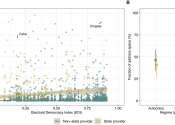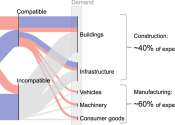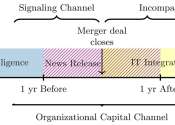Infrastructure can be defined as the basic physical and organizational structures needed for the operation of a society or enterprise, or the services and facilities necessary for an economy to function. The term typically refers to the technical structures that support a society, such as roads, water supply, sewers, power grids, telecommunications, and so forth. Viewed functionally, infrastructure facilitates the production of goods and services; for example, roads enable the transport of raw materials to a factory, and also for the distribution of finished products to markets. In some contexts, the term may also include basic social services such as schools and hospitals . In military parlance, the term refers to the buildings and permanent installations necessary for the support, redeployment, and operation of military forces .
In this article, infrastructure will be used in the sense of technical structures or physical networks that support society, unless specified otherwise.









